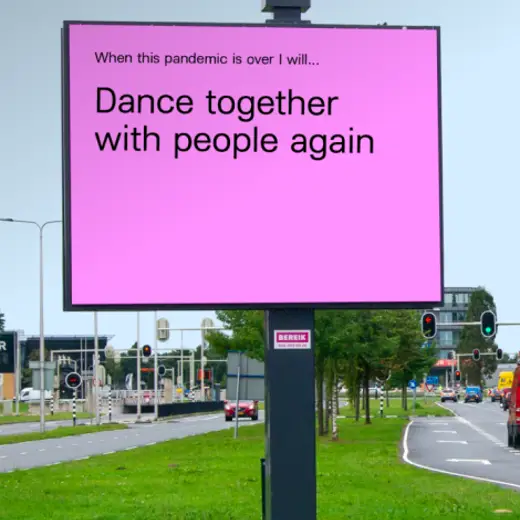The digital landscape has drastically changed the way consumers find products and services, leading to an ever-evolving customer journey. With new channels and advertising opportunities popping up all the time. For example, consumers may find great alternatives for a product they are looking for in the consideration stage. With this overflow of options in combination with new ways of advertising, consumers could easily be influenced to purchase an alternative in this stage. Making conversion the hardest stage in the digital customer journey. The digital path to purchasing the product should be as smooth as possible.
How we help our clients with this ever-complex customer journey? We use the See, Think, Do, Care model to map out the customer journey and use the model as a backbone when setting up effective, multichannel paid advertising campaigns.
Layered campaign strategy
Let us explain this strategy and why we love to help our clients grow with this. For both social and SEA channels, we mainly use a layered campaign strategy, where campaigns are structured according to the complex customer journey, or in other words, the See Think Do Care model. The model is based on the different phases which customers go through. Making it a solid base for your online marketing strategy.
For example, Profuomo launched a campaign mid-October with two famous Dutch pianists, Lucas & Arthur, who featured the Profuomo Japanese Knitted shirt product. We set up layered campaigns, meaning:
- In the See phase, we focused on brand awareness and reach. Campaigns were built with the goal of engagement and generating traffic to the campaign landing page. The audience targeting was broad, based on luxury men’s fashion. The visuals were mainly focused on Lucas and Arthur modelling the shirt in a spacious setting with the two men playing a beautiful piece on the piano whilst wearing the Japanese knitted shirt.
- In the Think phase, we focused on displaying the product a little more in combination with models wearing the product. Audience targeting was more precise, namely retargeting the users that landed on the campaign page. The landing page this time was the product overview page. The messaging was also more informative about the shirt and the USPs of Profuomo.
- In the Do phase, we focused solely on generating purchases. Audience targeting was specifically focused on remarketing of users who landed on the product overview page and campaign landing page. The messaging was purely focused on buying and the product was shown in all ads.
- In the Care phase it’s all about retention. We use email marketing and marketing automation to make customers loyal. Inspire repeat purchases.
With this approach, we were able to lead users through the customer journey and tell them the entire story of the Japanese Knitted Shirt featured by the pianists Lucas & Arthur.
Read the full Profuomo case
Read caseBest performing channels
So, which channel do you choose? We still see that two very important channels that contribute to e-commerce purchases online are Google Ads & Facebook/Instagram advertising. Why are these channels still so significant in the digital customer journey?
Google Ads
- Search ads are important for the do phase, when consumers search with the intent of purchasing.
- With campaign types such as Discovery, Display and Pmax, we can reach the whole funnel with Google Ads alone.
- Around 92% of consumers still use Google as a medium when searching for literally ANYTHING. Hence, it’s pretty crucial to be here.
Facebook/Instagram advertising
- Mainly used as an inspiration channel, reaching consumers when they’re consuming social media content
- You might think that especially Facebook has died down a little the past few years, but most people still do scroll through the platform to look at content. They’re just not that active anymore in sharing and engaging with content.
- It has been shown to be quite effective in the See and Think phases.
- IOs14 problems limit FB/Insta advertising? This is not a problem when you have your measurement set up right.
But there are also channels that are up and coming and should be taken into account for your ecommerce advertising strategy:
Marketplaces
Purchases through marketplaces such as the big players: Bol.com, Amazon.com & Zalando have increased tremendously. The high purchase intent makes it attractive for companies to sell their product through these types of channels. Together with the high return on ad spend, which is immensely higher than traditional channels. Making it a highly popular channel for an e-commerce strategy.
TikTok
This channel has grown into one of the most popular channels around. With its high levels of user engagement, 90% of TikTok users open the app several times a day and will spend an average of 45 minutes a day. The perfect advertising channel to consider for B2C brands. There are various advertising options available on the marketing platform such as in-feed ads, lead forms and branded effects. Besides that, influencers hold power on this platform. TikTok has created a specific TikTok Creators Marketplace, facilitating the connection between businesses and influencers. The ever-increasing popularity of the app makes it worthwhile to discover the opportunities for your marketing strategy.




